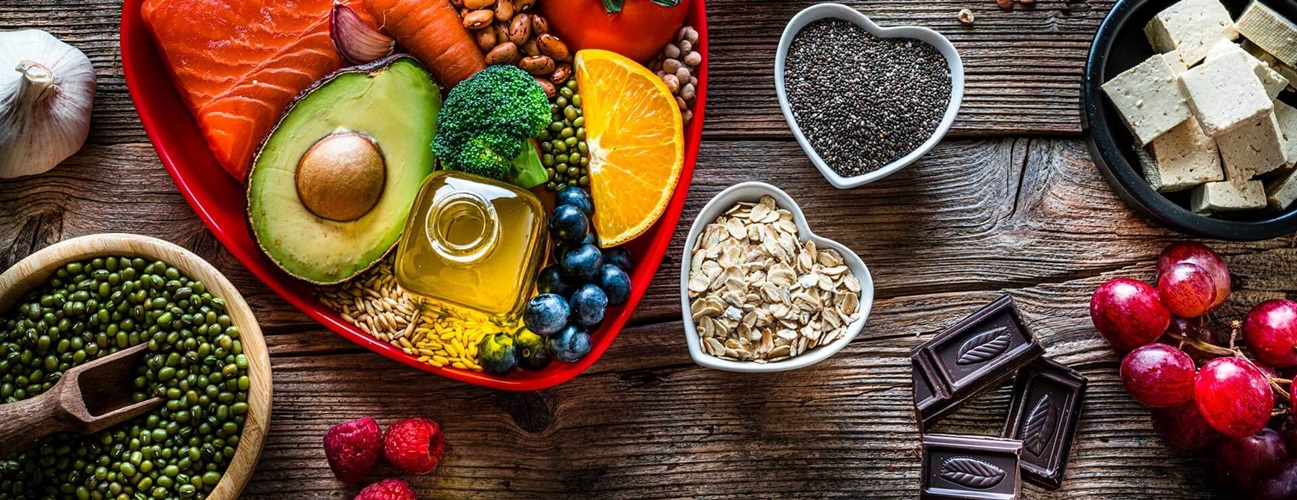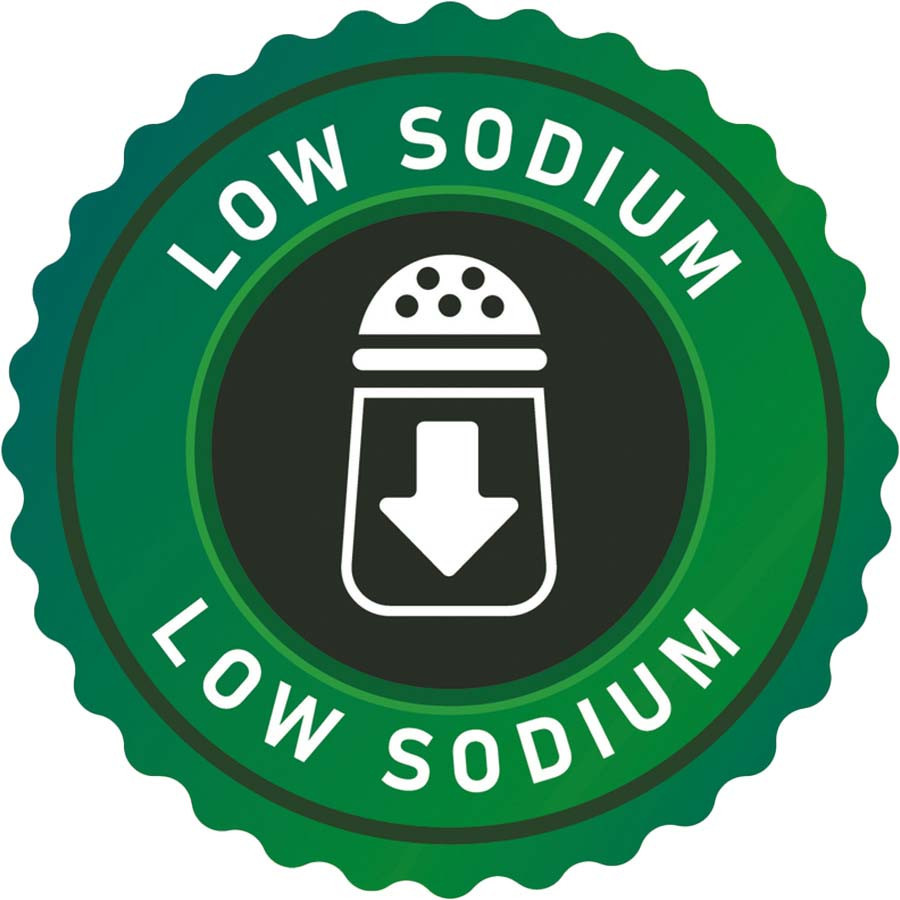
Most Americans consume far more sodium than the recommended daily limit, primarily from packaged and restaurant foods, not the salt shaker. A high-sodium diet can have serious health consequences, but making a few simple changes can significantly improve your well-being.
Why You Should Cut Back on Sodium
The body needs a small amount of sodium to function properly, but too much can lead to a range of health issues. The primary risk is high blood pressure (hypertension), as extra sodium causes the body to retain water, increasing the volume and pressure in your blood vessels. Over time, this strain on your heart can raise the risk of:
- Heart disease and heart failure

- Stroke
- Kidney damage and kidney stones
- Osteoporosis (due to calcium loss)
- Stomach cancer
The Dietary Guidelines for Americans recommend limiting sodium to less than 2,300 milligrams (mg) per day for adults, while an ideal limit for most adults, especially those with high blood pressure, is less than 1,500 mg per day. Even cutting back by 1,000 mg a day can benefit your health.
How to Reduce Sodium in Your Diet
Lowering your sodium intake doesn’t mean bland food; it’s about making smart swaps and discovering new flavors.

In DinnerTime
- Select Heart Healthy Dietary Style in your profile(s). This will automatically spin up lower sodium meal combinations.
- When searching the Recipe Box, look for lower sodium options.
At the Grocery Store
- Read Nutrition Labels: Check the “Nutrition Facts” label for sodium content. Look for products labeled “low sodium” (140 mg or less per serving) or “no salt added“. A food with 5% Daily Value (DV) or less of sodium per serving is a good choice, while 20% DV or more is considered high.
- Limit Processed Foods: Opt for “whole foods” which are naturally low in sodium. Packaged meats like deli slices, bacon, and ham are often high in salt.
- Avoid Added S
 auces/Seasonings: Select plain frozen vegetables instead of those with added sauces or seasoning packets.
auces/Seasonings: Select plain frozen vegetables instead of those with added sauces or seasoning packets.
In the Kitchen
- Cook More at Home: Preparing your own meals gives you control over the ingredients and amount of sodium used.
- Spice it Up: Boost flavor with herbs, spices, garlic, onions, lemon or lime juice, and vinegar instead of salt. Experiment with a variety of salt-free seasoning blends for a flavorful punch.
- Rinse Canned Foods: If you use canned beans, tuna, or vegetables, drain and rinse them under running water to wash away some of the excess sodium.
- Reduce Gradually: Start by cutting the salt in your recipes in half and slowly work your way down. Your taste buds can adapt in just a few weeks.
When Dining Out
- Plan Ahead: Many chain restaurants provide full nutrition facts online, so check the menu before you go.
- Make Special Requests: Ask your server to have your meal prepared without added salt or MSG. Request sauces and dressings on the side so you can control the amount you use.
- Watch for Clues: Menu terms like “pickled,” “cured,” “smoked,” “brined,” or “in au jus” are usually indicators of high sodium content. Instead, look for items that are grilled, baked, or steamed.
By making conscious choices and using these simple tips, you can significantly lower your sodium intake, protect your heart, and savor the natural flavors of your food.
